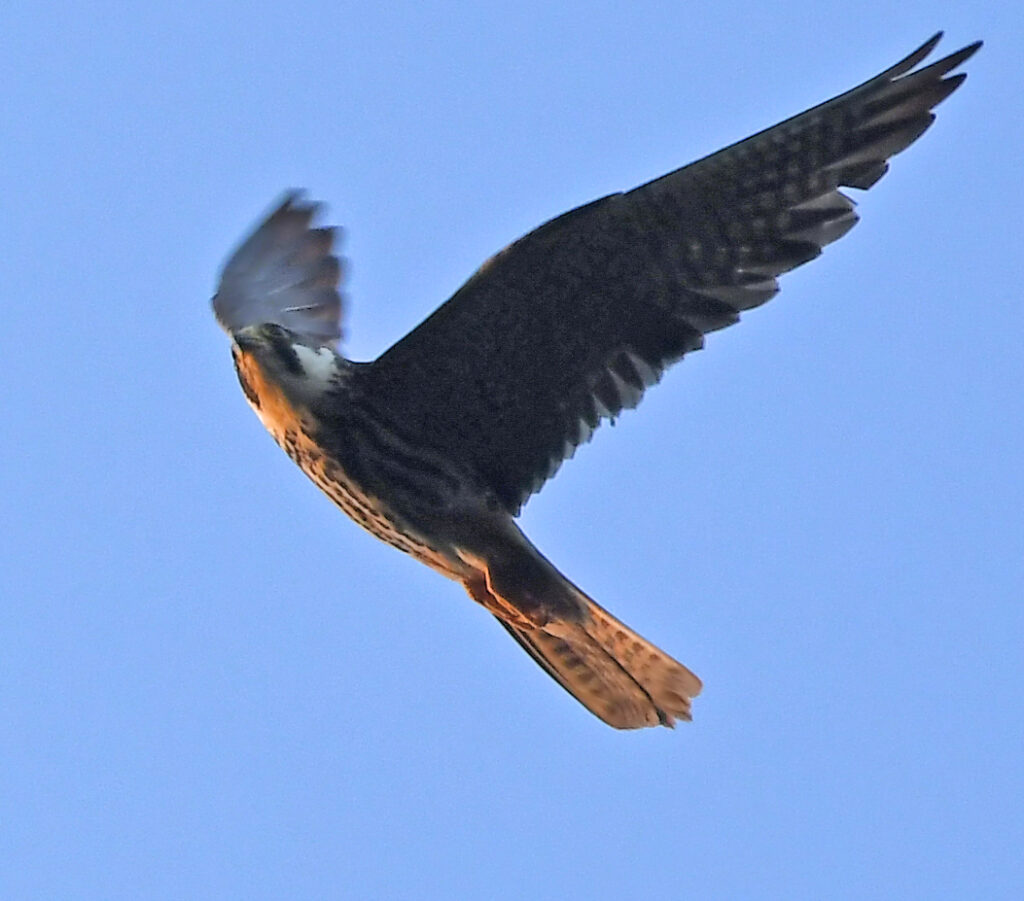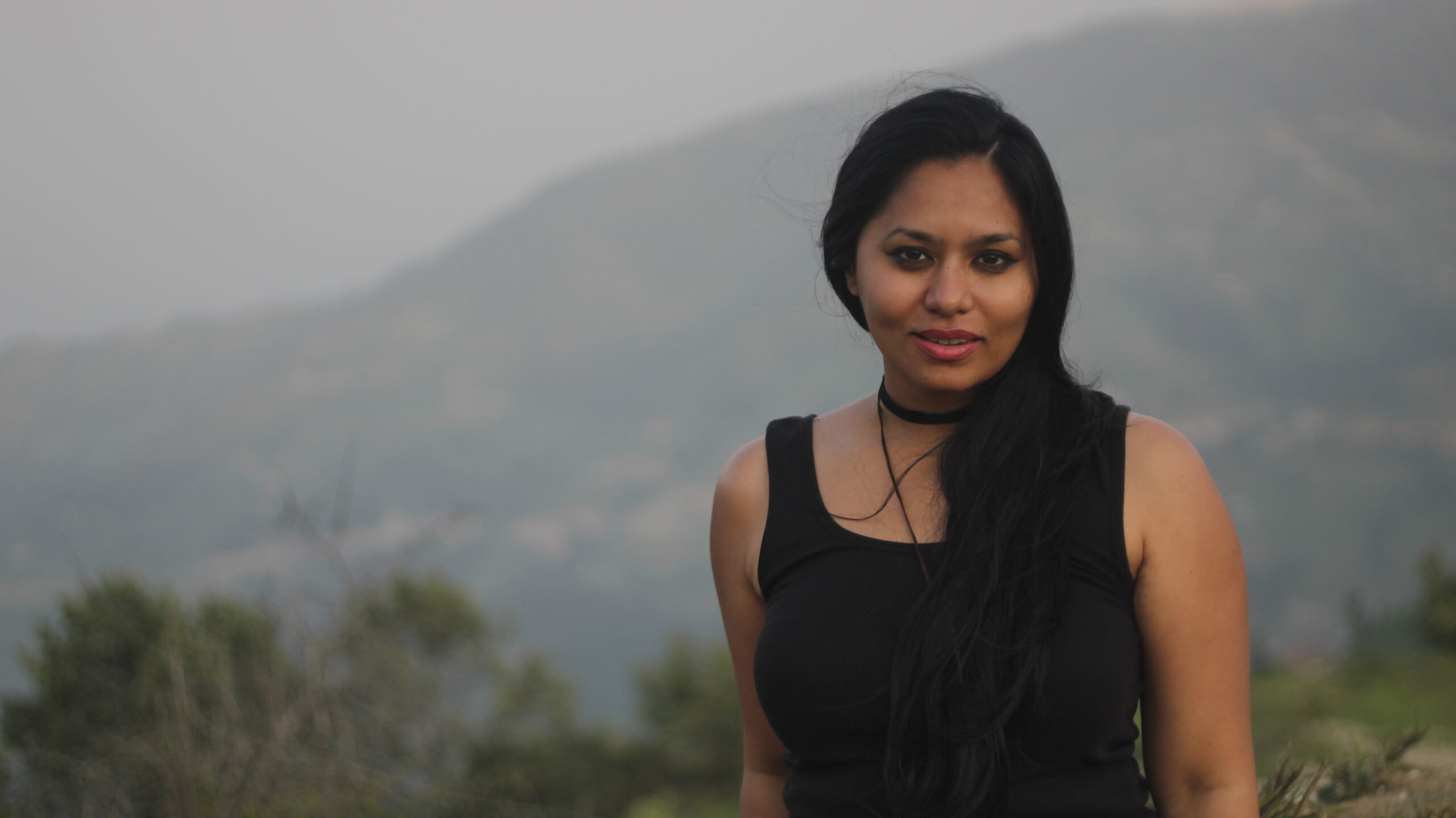Even though it’s right under everyone’s noses, not everyone develops a connection with the ecology surrounding them. But for Neha Sinha (NS), growing up in a house in Delhi with a big garden got her one step closer to birds’ nesting patterns, lizards’ food habits, and the engineering of dragonflies that inspired helicopters. The many lessons that Nature almost unconsciously taught her, led to her choosing a career path in conservation.
In 2011, she quit her job as an environmental journalist with The Indian Express, to study conservation science, after which she started working with the Bombay Natural History Society (BNHS). As a wildlife conservationist interested in the intersection of politics and the environment, she has worked on policy and advocacy with BNHS. She has contributed inputs to the Wild Life Protection Act, 1972, Wetland Rules (2017), Compensatory Afforestation Fund Act (2016), amongst many others. Her forthcoming title Wild and Wilful is set for release by the year-end.
In conversation with Vaishnavi Rathore (VR), Sinha speaks of her work as Principal Investigator of the Amur Falcon Project at BNHS. While talking about the conservation of these magnificent birds (that cover over 22,000 kilometres a year!) Sinha raises the importance of passionate, yet respectful conservation practices in India.
VR: In your work, how important do you think it is to have an emotional connection with ecology?
NS: Generally speaking, in the development field, we are very driven by a certain set of values. Now, we do live in a national society which valorises degrees and places a lot of emphasis on where you studied and what you studied, but the development sector should be the last sector to be thinking about these things. Yes, we learn those values from the education we receive, but at the end of the day, it is also about what you feel. To care deeply about a particular value is not a bad thing and not something to be ashamed of.
This sector is about social change, which requires not just building a scientific temper, but also, mobilisation. This social change calls for a need to have more mentors and networks. How can one mentor without a passion for it? This field, more than any other, requires that passion or ‘emotion’.
VR: In conversations about wildlife habitat protection, certain groups believe in a ‘no human interference’ model of conservation. Do you think this is the only way to look at conservation, wherein ‘people’ and ‘wildlife’ are often at loggerheads?
NS: There has been interesting jurisprudence recently that I would like to point to. In 2017, the Uttarakhand High Court ruled that the Ganga and Yamuna are “living beings” or legal persons. Philosophically, I found these to be interesting ways of how we can value the natural world, without making it seem antagonistic in the way that we are living. Giving respect to another non-human species is fundamentally something that makes us more human, or humane. For instance, allowing wasps to nest in your garden not because they have economic worth, but an intrinsic worth, is an essential lesson in tolerance, and maturity.
#NirmalGanga Time to rejoice, accept our responsibility & look after our mother #Ganga as High Court recognises Her as a living entity. pic.twitter.com/WDGWGmcJNm
— Om Prakash (Om ji ) Mathur (@OmMathur_bjp) March 21, 2017
But, coming down to more practical things, I think we are now living in the Anthropocene where there are no wildernesses anymore; we humans are practically everywhere!
However, I also believe that when it comes to dealing with people in conflict with wildlife, the decision to move or not to move has to happen with the participation of those people. Making decisions without involving local communities comes from a deep class and even caste bias.
I see two things happening simultaneously. On the one hand, there’s the urban citizen who thinks it’s okay for the poor to suffer further losses created by wildlife because ‘there are too many people’ in this world. Then, there’s people who romanticise or fetishise communities and speak for them without knowing their ground reality. When you come from a so-called higher caste and class, it is easier for one to delegate how those ‘below’ them should be living their lives. Let’s not forget that many of the tribes identify as ‘Adivasis’, they don’t call themselves ‘Hindus’ or belonging to any other mainstream religion. They should speak for their own selves. So we can’t have a conversation about wildlife protection without acknowledging these privileges.
While advocating for people’s participation, we also need to get over the problem of homogenising communities. Communities will not always speak in one voice, or agree with each other. The best bet is to lay the cards out for the people, and speak to them about what is possible and what is not. We need to arm them with enough information to make informed decisions.
At the same time, I do not agree that people are the panacea. There are landscapes where it is going to be increasingly difficult to live in large populations. It’s not easy to live with certain animals, it’s also a livelihood question that we need to answer. Farmer’s crops get destroyed by herbivores, so it’s not just with leopards or tigers that conflicts happen.
VR: What’s the best way to tackle such conflicts then?
NS: There is a need for us to be more institutionalised in the way we come up with solutions; we need to provide livelihood support and hold consultations with the community. In Gujarat for example, the senior officers told me they help farmers sell crops from fields that are wildlife-friendly, wherein animals are not hunted or snared. They have set up partnerships with distributors of vegetables and are trying to brand whatever produce they get as “wildlife-friendly”. So, conservation then becomes about a lot more, it is linked with not just how caste and class play out, but also with economics and market linkages.
In a nutshell, a local place with a local population will have a local solution. Specific conservation questions will require specific answers.
VR: Did you also try to include this spirit of involving local participation in your work around the conservation of Amur Falcons in Nagaland?
NS: Absolutely. But in Nagaland, we faced a different challenge. Now, under the Wildlife Protection Act, it is illegal to hunt the Amur Falcons. But, Nagaland has a rich hunting tradition; hunting is a legacy here, it is a family activity. So, when the falcons arrived in Nagaland, they were being hunted at a massive scale. In 2012, 1,00,000 falcons were hunted in 10 days. Had this continued, their population would have plummeted, because almost the entire global population of the falcons comes there.
Today let me share story of Amur Falcon, a bird which crosses Himalayas enroute to India from Mongolia & Arabian Sea for going to Africa. This bird covers 22,000 KMs flying. One of the nature’s amazing wonder. In Nagaland they come in hundreds of thousands & stay for some time. pic.twitter.com/eO0OTzfWdC
— Parveen Kaswan, IFS (@ParveenKaswan) April 28, 2020
But I find there to be a difference here–yes, this is poaching, but it is not the kind seen in the case of rhino horn or tiger skin. This is more of a local level transaction. Poaching here would be a bigger problem if, for instance, bakeries in Kolkata, Shillong, Guwahati, the bigger cities in the region, started demanding Amur falcon pie and pastries! Then it would become more institutionalised as a practice, and the stakes would be much higher.

So when we began this work, I never went in there telling them “shame on you for doing this.” We have to understand that what is illegal in one culture, may not always be considered immoral by another community. Morality and law is different. Any kind of ‘othering’ of the Lotha community in question would not have helped.
We then worked within a construct that was not racist, and basically did not involve us telling the people what to do. We involved the local people as well as our partners who were the local NGOs.
VR: So, what processes did you have in place here to ensure that you work in an inclusive way, without being condescending to the locals?
NS: A combination of things worked, one of them being forming a relationship with the community. Instead of just parachuting in and out [of the community], we made this an around-the-year project. We organised ‘Eco Clubs’ throughout the year along with a local NGO called NWBCT, wherein we trained school teachers–some of whom were former hunters themselves–in different aspects of the ecosystem around us. The clubs helped students identify biodiversity around themselves, biodiversity that they knew well, but didn’t always understand the ecological interlinkages of.
Way before there were #ExtinctionRebellion and #FridaysForFuture, there were the kids of Nagaland, persuading their parents to give up hunting Amur Falcons.
Photo: small part of a large flock of Amur Falcons, Doyang, Nagaland!
More in my TEDx talk: https://t.co/V53aEnJo9m pic.twitter.com/ryKgotzp5B— Neha Sinha (@nehaa_sinha) November 26, 2019
Specifically for falcon conservation, I tried to talk to them, rather than talk at them. Science actually helped in informing the social conversations that we needed to have. I used to show them the migration map of the falcons, we talked about the law, about how we are all interconnected, and also what alternate sources of protein there are. That is not to say that the hunters were unaware of the falcons’ behavioural habits. They were well aware that the falcons arrived in Nagaland for food and would feed here for at least a month before they took off. So, the hunters would hunt them only by the fourth day, where the falcons would have fattened up a bit. However, we spoke with them more about other ecological aspects.
Apart from the local communities, we worked with the Forest Department, our partner NGOs, the Village Council, and even the Church. Nagaland is home to a predominantly Christian population, wherein churches play a central role in society. The hunting of Amur falcons has almost completely stopped now.
With local consultations, we started other projects too, like home-stay based ecotourism. This was relatively easy since the villages there are already so sustainable, they catch water where it falls, they make houses out of locally available materials. So the homestays themselves were already sustainable! But wherever there was no consensus, we would stop. Everything was bottom-up, our role was only limited to providing them with educational and capacity building tools.
VR: How has your experience been being a woman in the field of conservation and policy?
NS: Interacting with women in Nagaland was a good insight into how things should be for a woman. There, women are not as oppressed, you don’t need to be a woman to be speaking to a woman, which is how it should be.
When it comes to working on the ground, sometimes I find that it’s harder for me than perhaps it is for a man, there are logistical issues like last-mile connectivity, or finding a place to stay. Sometimes it’s hard even to be a woman on Twitter!
In the policy space, I find it way harder. You are often the only woman amongst 50 other men. There is not just a gender barrier, but also an age barrier! I find myself so often on manels, or panels predominantly filled with male panelists. You feel judged in a way that men wouldn’t. Mostly, I just shrug it off and deal with it.
People really get surprised by young women in the policy space. I think it’s because it’s a very rarified space with older, and mostly male “experts”. But this reality needs to change—we need fisherfolk, and rural women at the same table as the policy expert or the minister, while we look for sustainable solutions to developmental issues.
Reach Neha Sinha on Twitter: @nehaa_sinha | Views expressed are personal.






